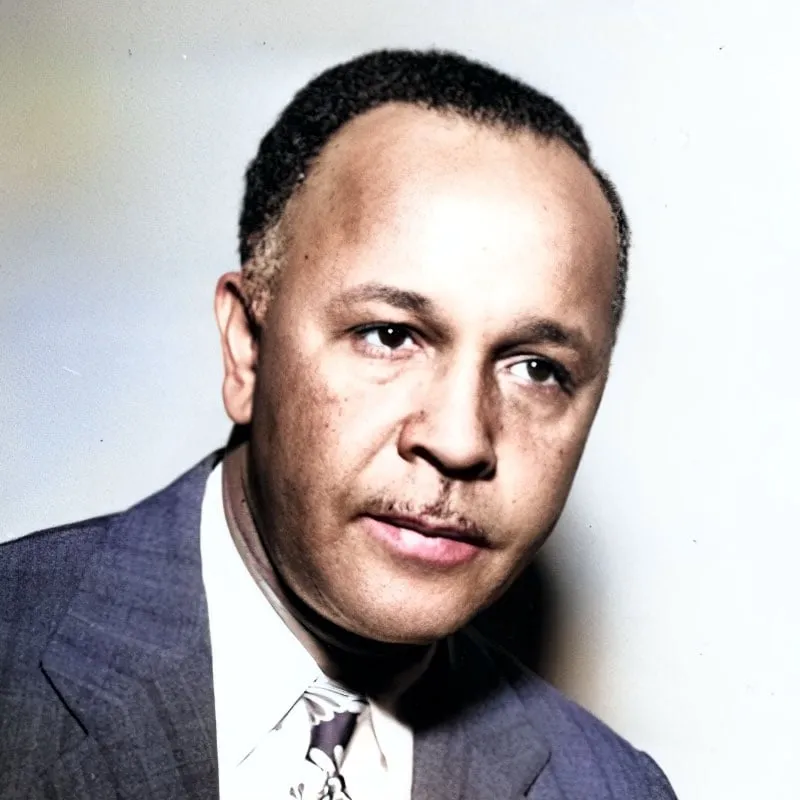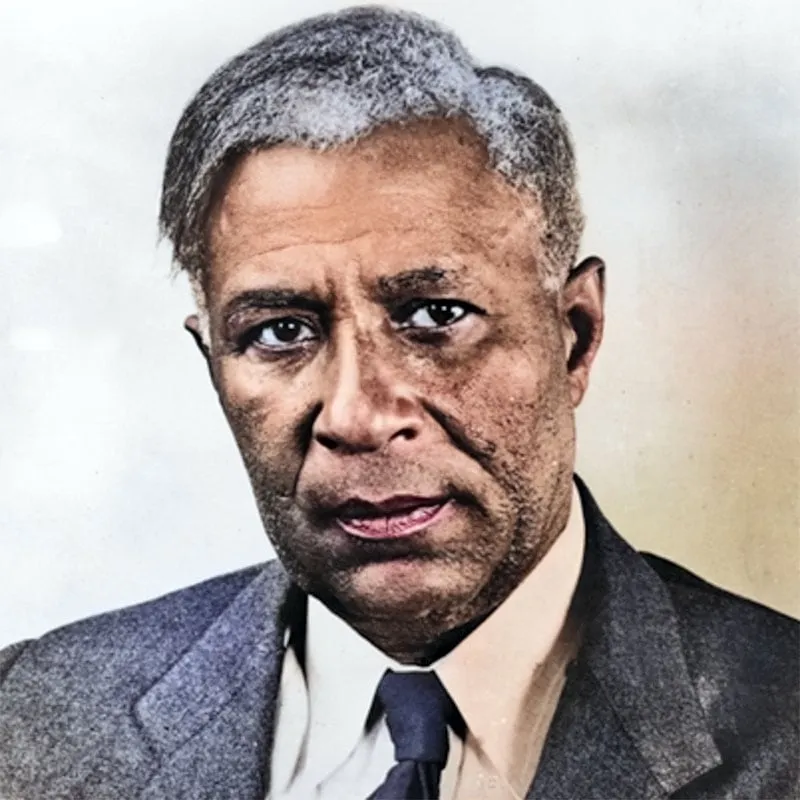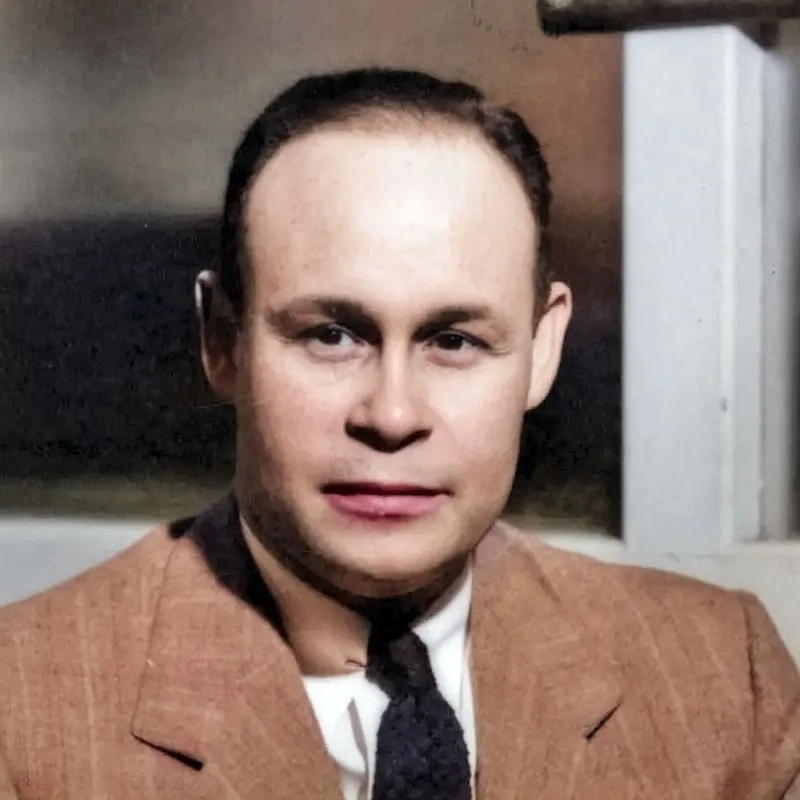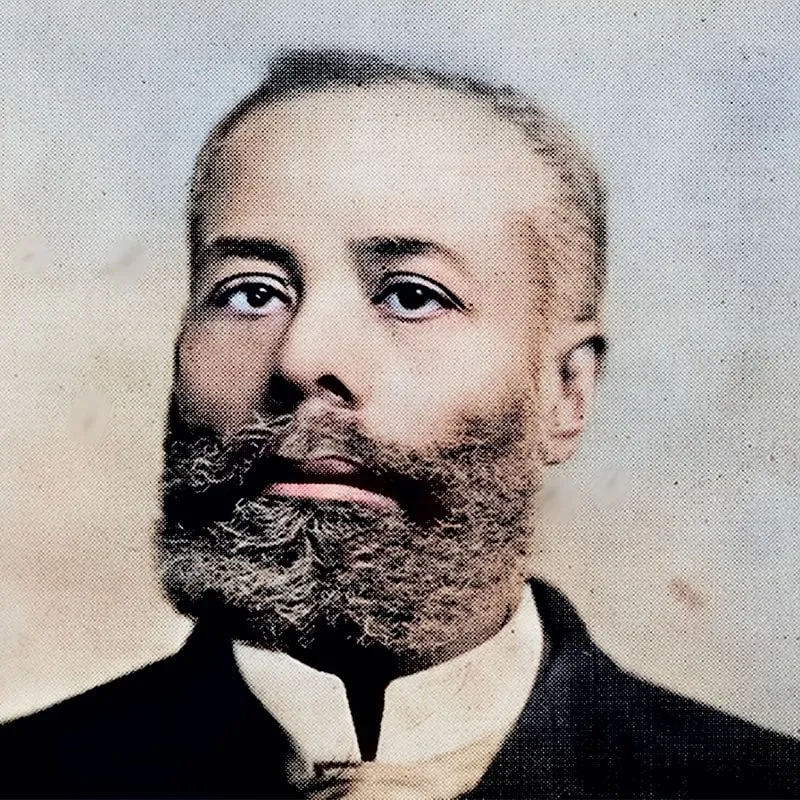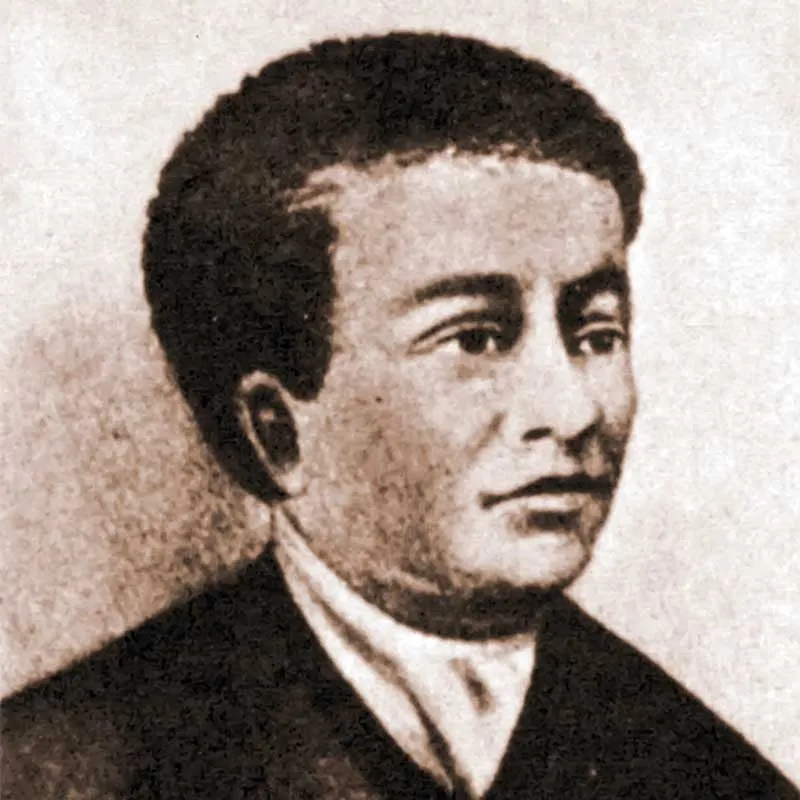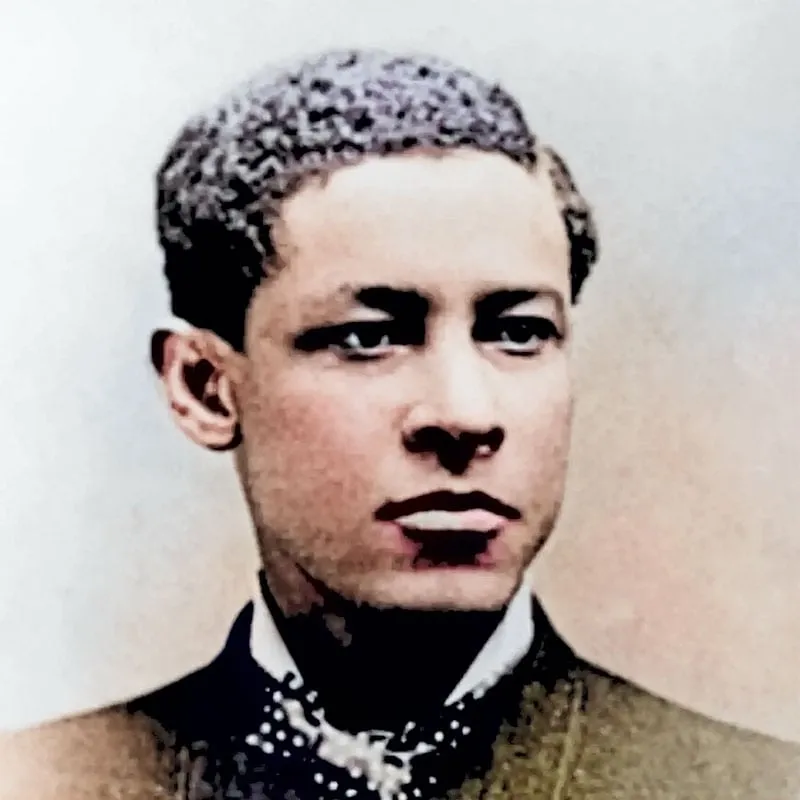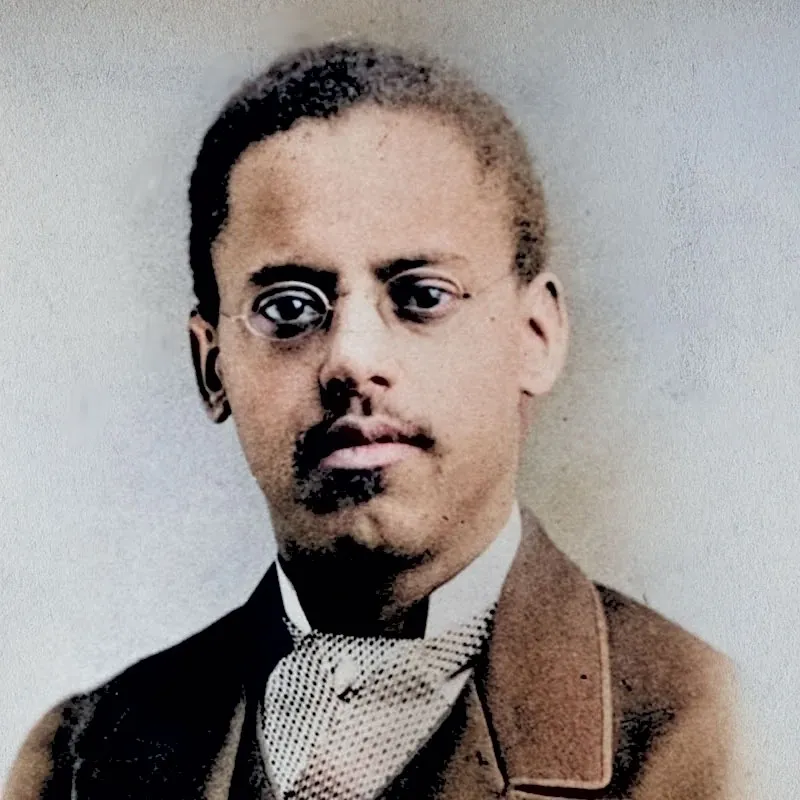
Benjamin Banneker
Astronomer who Developed an Almanac.
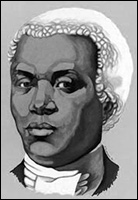
One day his family was introduced to a man named Josef Levi who owned a watch. Young Benjamin was so fascinated by the object that Mr. Levi gave it to him to keep, explaining how it worked. Over the course of the next few days, Benjamin repeatedly took the watch apart and then put it back together. After borrowing a book on geometry and another on Isaac Newton’s Principia (laws of motion) he made plans to build a larger version of the watch, mimicking a picture he had seen of a clock. After two years of designing the clock and carving each piece by hand, including the gears, Banneker had successfully created the first clock ever built in the United States. For the next thirty years, the clock kept perfect time.
Pioneer/Entrepreneur
In 1776, the Third Continental Congress met and submitted the Declaration of Independence from England. Soon thereafter, the Revolutionary War broke out and Banneker set out to grow crops of wheat in order to help feed American troops. His knowledge of soil gained from his grandfather allowed him to raise crops in areas which had previously stood barren for years.
Around the same time, President Washington decided to move the Nation’s Capitol from Philadelphia to an area on the border of Maryland and Virginia and Major Andrew Ellicott asked Banneker to assist in surveying the “Federal Territory”. Major Pierre L’Enfant from France was commissioned to develop the plans for for the new city and at Jefferson’s request, Banneker was included as one of the men appointed to assist him. Banneker consulted frequently with L’Enfant and studied his draft and plans for the Capitol City carefully. L’Enfant was subject to great criticism and hostility because he was a foreigner and abruptly resigned from the project and moved back to France.
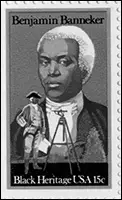
As the remaining members of the team gathered, they began debating as to how they should start from scratch. Banneker surprised them when he asserted that he could reproduce the plans from memory and in two days did exactly as he had promised. The plans he drew were the basis for the layout of streets, buildings and monuments that exist to this day in Washington D.C.
Benjamin Banneker died quietly on October 25, 1806, lying in a field looking at the stars through his telescope. Nations around the world mourned his passing, viewing him as a genius and the United States’ first great Black Inventor. In 1980, the U.S. Postal Service issued a postage stamp in his honor.
Percy Julian
A pioneer in the chemical synthesis of medicinal drugs from plants, including a synthetic form of cortisone
Charles Drew
A pioneer in the field of blood transfusions who developed improved techniques for blood storage.
Elijah McCoy
Invented lubrication systems for steam engines. His devices were referred to as “The Real McCoy.”
Videos About Benjamin Banneker



